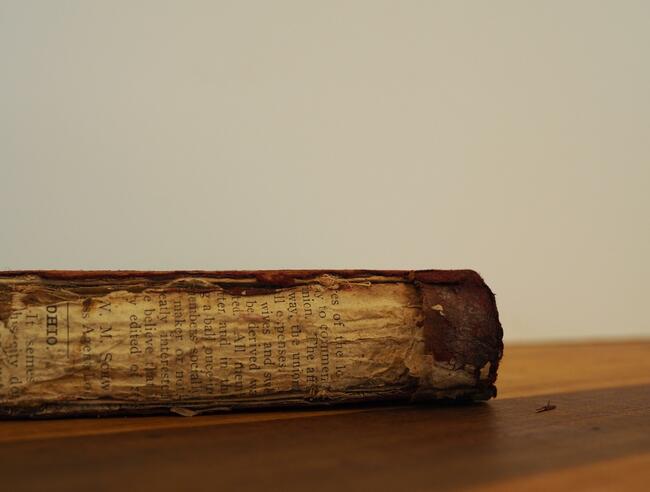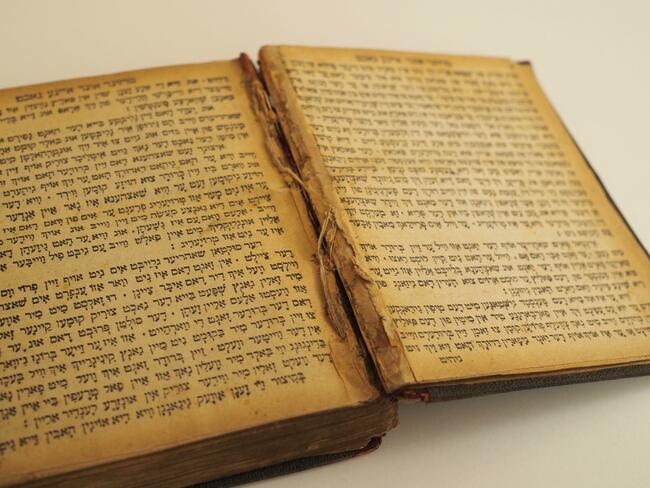Toysnd un eyne nakht (One Thousand and One Nights)
Nineteenth-century Translations of Arabic Folktales
Among the most important things to remember when considering Yiddish literature is that it was not created in isolation. The Jews at the forefront of Yiddish publishing and literature were very much a product of their times, drawing on the literary traditions from the places in which they lived.

Originally published in Arabic, Toysnd un eyne nakht is a collection of folktales about the Islamic Golden Age that were known for their gripping plotlines and exotic characters and settings (to someone living in the Pale of Settlement, the prospect of people riding horses in the desert must have been mighty strange). This particular edition is unique because it was published in 1893 in Lublin. Lublin, like many other prominent cities in imperial Russia, was the home of a flourishing Yiddish-speaking community.

Books like Toysnd un eyne nakht were so popular in part because they made pieces of literature accessible to Jews who couldn’t read them in their original language—and, it’s likely, because they were written in the same style as Jewish oral histories and folklore.
—Alexis Aaeng
